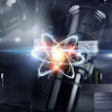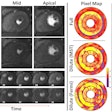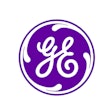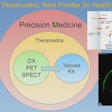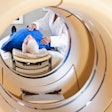Wednesday, December 3 | 11:10 a.m.-11:20 a.m. | SSK18-05 | Room S505AB
Time-of-flight PET/MRI provided comparable image quality and diagnostic ability to PET/CT in several clinical applications in a study from Stanford University.The research, led by Dr. Ryogo Minamimoto, PhD, from the university's nuclear medicine and molecular imaging departments, analyzed 19 patients with an average of 64 years who were referred due to oncologic, neurologic, and cardiac issues.
All patients underwent a single injection of FDG and a dual-imaging protocol with a PET/CT scan followed by PET/MRI. Two nuclear medicine physicians compared and rated the image quality of the PET image obtained from PET/CT and PET/MRI.
PET/CT scans were performed 71 minutes (± 16 minutes) after injection of 10.2 mCi (± 1.10 mCi) of FDG. The PET/MRI exams occurred 52 minutes (± 16 minutes) after PET/CT. The average length of the PET/MRI scan from head to thigh was 51 minutes (± 14 minutes).
The readers rated PET image quality from the PET/MRI scans as consistently higher than PET image quality from PET/CT. All MR images were deemed to be of diagnostic quality, with only 6% rated as poor. The lower scores were due to motion, with no specific artifacts attributable to the PET hardware.
"PET/MRI provided acceptable MRI quality and equal PET quality with that of PET/CT," Minamimoto wrote in an email to AuntMinnie.com. "The diagnostic performance of PET/MRI regarding the identification of lesions with intense FDG uptake was equivalent to PET/CT. Another benefit of PET/MRI is to be able to decrease radiation dose compared to PET/CT."
Minamimoto and colleagues plan to advance their current research with a larger number of cases and with additional PET tracers beyond FDG.















